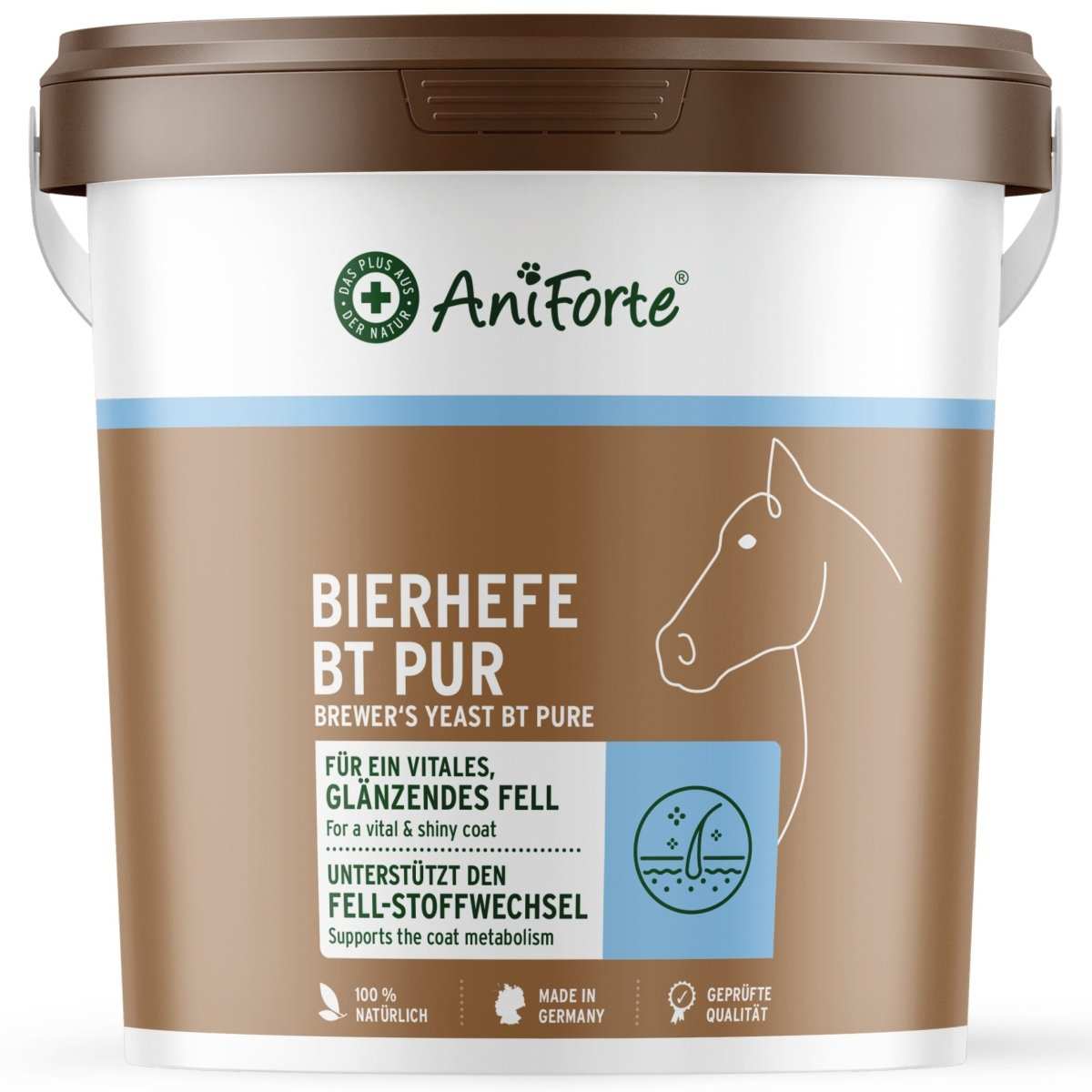At first glance, the moth caterpillars look fluffy, but they are anything but harmless: the oak processionary moth can be dangerous for animals due to its stinging hairs. Veterinary practitioner Angelica from our team explains how to recognize the caterpillars and how to protect your dog from a contact allergy.
What you should know about the oak processionary moth
The oak processionary moth (Thaumetopoea processionea) is particularly active in early summer from May to June. Its fluffy caterpillars can be found in sparse forests, but also on solitary trees. They feel particularly at home in warm and dry regions. Although it was thought to be almost extinct, this moth has been reproducing steadily since the 1990s.
It owes its name to the processions held by the caterpillars when they migrate up oak or beech trees. They form multi-rowed snakes that can be up to ten meters long. Once they have reached the crown, they attack the leaves of the tree and eat them bare down to the "veins". In this way, entire trees can be defoliated and perish within a short time.
Risk of confusion with the harmless spider moth
The white webs formed by oak processionary moths are similar to the nests of the harmless webworm moth. However, these form nests that cover entire trees and bushes like a white veil - the nest of the oak processionary moth, on the other hand, only hangs on the trunk of the tree. As long as you don't touch it, it's worth taking a closer look at this natural phenomenon.
Unlike oak processionary moths, gypsy moths are mainly found on weeping cherries, but also on hawthorns, coneflowers, poplars and willows. In exceptional cases, fruit trees can also be affected. In contrast to their dangerous relatives, the small caterpillars are completely hairless and yellowish in color with black spots. They pupate quickly. Therefore, after an infestation, the trees that have been eaten bare from the inside can sprout again from the end of June.
Why is the oak processionary moth dangerous for dogs?
The caterpillars often unintentionally come into direct contact with an animal running through the bushes. The insects are covered with stinging hairs that break off easily on contact. This releases a protein that leads to allergic symptoms in humans and animals. All uncovered areas of skin are usually affected. Although dogs are protected by their fur, they unfortunately tend to ingest the hairs through their oral mucous membranes by licking them.
Most caterpillars form their first stinging hairs at the end of April to the beginning of May. However, the most critical period is from the end of May to the end of June. During this phase, the animals lose many hairs, which are carried out of the nests by the wind. The caterpillars then begin to pupate and disappear from the wild. However, abandoned nests are also dangerous for your four-legged friend, as the remains of skins and stinging hairs remain attached to the webs for a long time.

Symptoms after contact with oak processionary spiders
Your dog's skin reacts to contact with the stinging hairs of the oak processionary moth with the following symptoms
● severe itching
● redness
● wheal formation
● Pus blisters
● Nodules
Even more dangerous, however, is irritation of the oral and nasal mucosa caused by inhaling the hair. This can irritate the respiratory tract. Other side effects can occur:
● Dizziness
● Fever
● Tiredness
● Irritation of the eyes
● Swelling of the eyelids
Treatment and prevention of the oak processionary moth
During treatment, you should take particular care not to come into contact with the hairs yourself. Gloves and possibly a face mask are therefore advisable. Then you should proceed as follows:
- Rinse the affected dog's eyes, nose and mouth with clean water. It is best to hose the dog down outside in the garden or let it swim in a nearby lake or clean body of water.
- Lather the animal thoroughly with a dog shampoo and bathe to really remove all hairs and brush thoroughly.
If your dog still shows the above-mentioned reactions afterwards, a trip to the vet is inevitable. You can then help your pet and strengthen the immune system accordingly.
Can the oak processionary moth be controlled?
As a general rule, anyone who discovers nests should report them immediately to Nabu, the relevant public order office or the health authority. However, the caterpillars and webs should only be removed by trained pest controllers. For you and your pet: keep your distance. And the good news about controlling the oak processionary moth is that it has a large number of natural enemies that are not harmed by the stinging hairs. These include the caterpillar fly, the pupa predator and the cuckoo.





